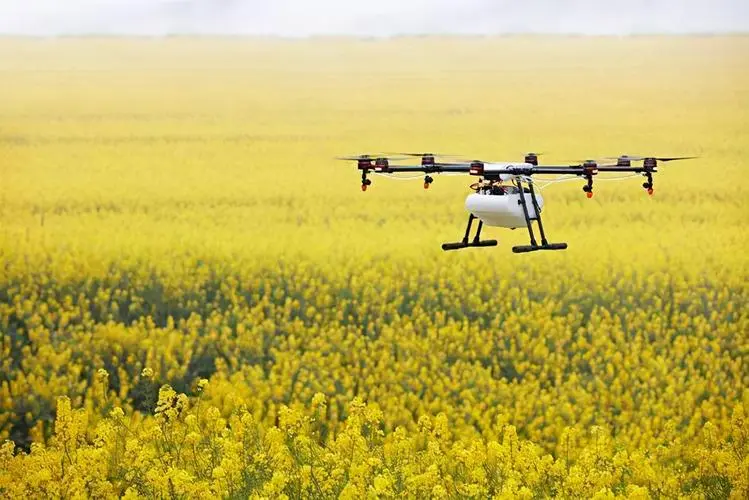The Federal Aviation Administration officially issued the Operation and Certification of Small UAV System in late June this year. From the content of the new policy, the result of more than a year of revision is to relax the management of small UAVs.
Express delivery is definitely not feasible, but education, scientific research, and regular business activities can freely use low-level small drones. So in California, in order to maximize the protection of scarce water resources, people began to invest drones in the agricultural field.
As the sixth largest economy in the world, California is the most developed agricultural state in the United States, with 30% of the state’s agricultural land mainly used for irrigated agriculture. There are hundreds of agricultural products, including various crops such as sugarcane, carrots, onions, and cotton. Therefore, the continuous dry weather in recent years has caused headaches for local farmers, and how to maximize the utilization and protection of water resources has become the most urgent task.
After the introduction of the new policy, taking advantage of the convenient flight of drones, people have equipped them with thermal imaging cameras to detect soil moisture in large areas of land. The pictures can reflect the leakage points of buried drip irrigation pipelines that were bitten by ground squirrels, which facilitates timely repair and prevents resource waste.
Local farmers stated that drought is a major problem, and since the weather cannot be controlled, they can only consider improving planting efficiency. A drip irrigation system purchased at a high price can help save 40% to 50% of water, while drones can help ensure that the system operates well. At least before causing water waste, the problem can be detected.
It is estimated that in the tomato Growing region of less than 150 hectares, the water leakage saved by UAV in one year can meet the needs of 550 families of four in one year. Therefore, more and more farmers in California are using drones and enjoying the convenience they bring.
Currently, approximately 2100 companies and individuals in the United States have federal government licenses to use drones in agricultural production. Unmanned aerial vehicles equipped with cameras and thermal imaging systems can not only detect leakage points in ground pipes, help save a lot of water resources, but also help farmers monitor the growth of crops and detect whether the land needs fertilization. Industry insiders predict that with the relaxation of controls under the New Deal, the application of drones in the US agricultural sector will have broader prospects.


没有reply内容